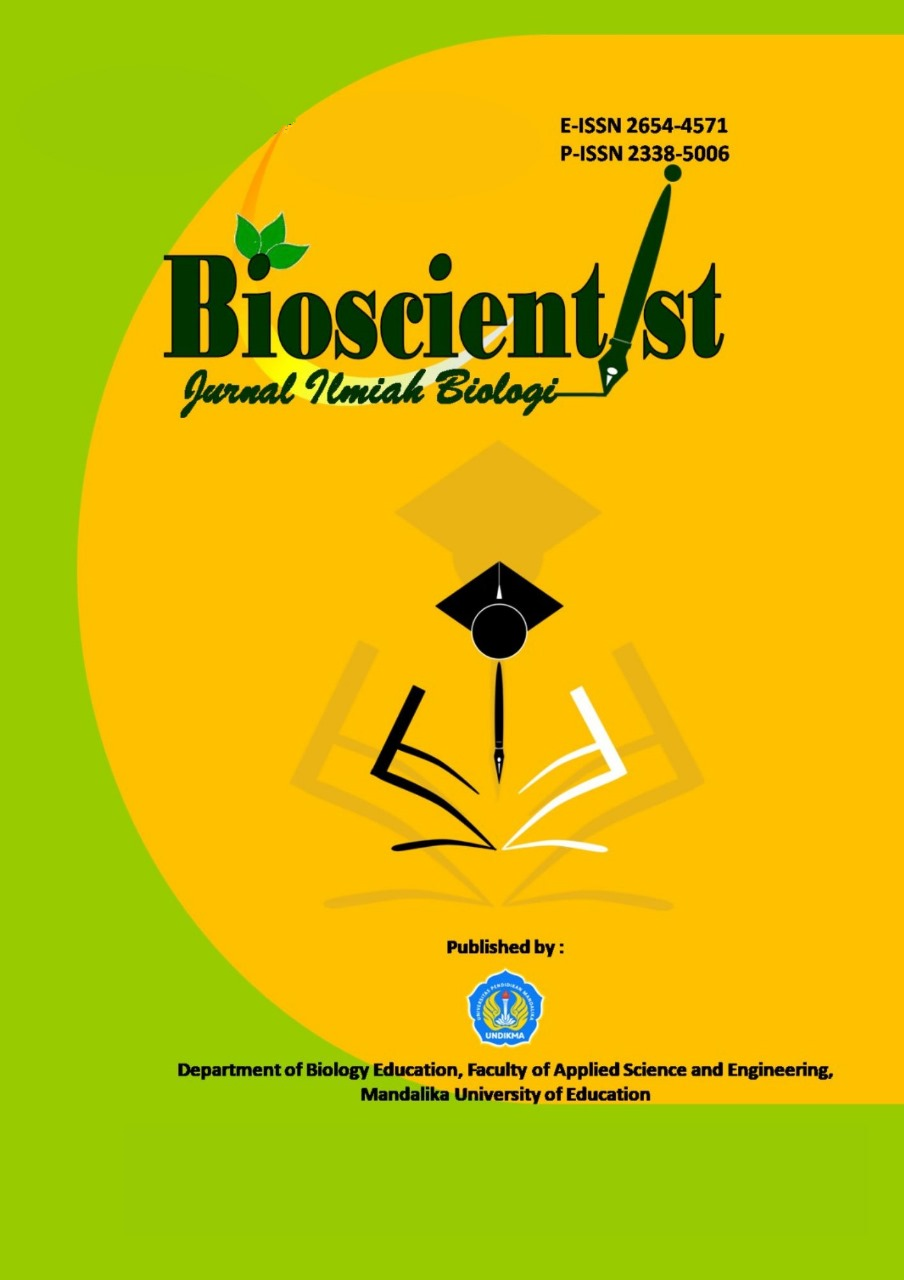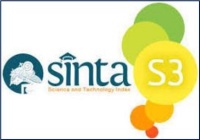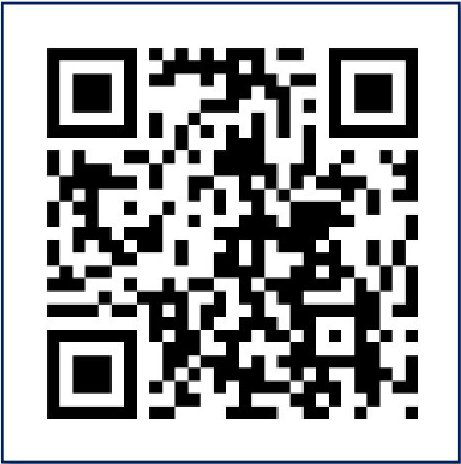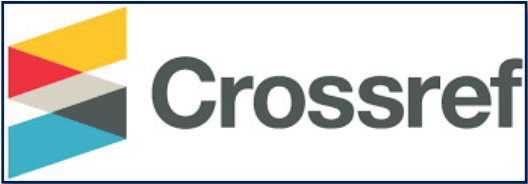Ekstraksi Gelatin Dari Tulang Ikan Layah Secara Asam Sebagai Alternatif Gelatin Halal
DOI:
https://doi.org/10.33394/bioscientist.v12i2.13956Keywords:
gelatin, halal, bone, layah fishAbstract
Gelatin is a food additive that is widely used in the food, medicine and cosmetics industries. However, the source of gelatin is not only the bones and skin of halal animals such as cows and goats, but can also come from pigs. To fulfill the need for halal gelatin, it is absolutely necessary to search for other sources of halal gelatin, one of which is sea fish. This study aims to extract gelatin from the bones of sailfish as an alternative source of halal gelatin. The extraction process was carried out using an acid method, where fish bones were soaked in 3% acetic acid (1:10 w/v) for 48 hours. The resulting ossein was then washed with diluted NaOH and distilled water until the pH reached 6–7. The ossein was heated at a temperature of 80°C for 3 hours to obtain a gelatin solution. The gelatin solution was then cooled, producing a gel-like gelatin preparation with a yellowish-white color. The gelatin gel was subsequently dried in a furnace at a temperature of 40–50°C for 60 minutes. The final gelatin product was a yellow-colored powder.References
Aleksanian, I., Maksimenko, Y., Iakubova, O., & Bekesheva, A. (2022). Study of drying processes of gelatin from fish raw material. Iop Conference Series Earth and Environmental Science, 1052(1), 012081. https://doi.org/10.1088/1755-1315/1052/1/012081
Febriana, L., PH, N., Fitriani, A., & Putriana, N. (2021). Potensi Gelatin dari Tulang Ikan sebagai Alternatif Cangkang Kapsul Berbahan Halal: Karakteristik dan Pra Formulasi. Majalah Farmasetika, Query date: 2024-06-11 09:02:22. https://www.academia.edu/download/88944380/15771.pdf
Gasparâ€Pintiliescu, A., Stefan, L., Anton, E., Berger, D., Matei, C., Negreanu–Pîrjol, T., … & Moldovan, L. (2019). Physicochemical and biological properties of gelatin extracted from marine snail rapana venosa. Marine Drugs, 17(10), 589. https://doi.org/10.3390/md17100589
Gunawan, F., Suptijah, P., & Uju, U. (2017). Extraction and Characterization Gelatin of Skin Mackerel (Scomberomorus commersonii) From Province Bangka Belitung Island. Jurnal Pengolahan Hasil Perikanan Indonesia, 20(3), 568. https://doi.org/10.17844/jphpi.v20i3.19814
Hafsari, A., Rosmiati, D., & ... (2018). The effect of hydrochloric acid (HCl) concentration on the quality of gourami bone gelatin (Ospheronemus Gouramy Lac). Proc.: 1st International …, Query date: 2024-06-11 09:02:22. https://pdfs.semanticscholar.org/e1ed/ac036ae89a6499552a13417011547d251446.pdf
Hutapea, T. (2020). Potensi gelatin ikan bandeng (Chanos Chanos) sebagai bioinhibitor logam besi pada larutan Nacl 3% Dan Hcl 3%. Jurnal Borneo Saintek, Query date: 2024-06-11 09:02:22. http://jurnal.borneo.ac.id/index.php/borneo_saintek/article/view/1442
Karayannakidis, P. and Ζώτος, Α. (2014). Physicochemical properties of yellowfin tuna (thunnus albacares) skin gelatin and its modification by the addition of various coenhancers. Journal of Food Processing and Preservation, 39(5), 530-538. https://doi.org/10.1111/jfpp.12258
Koli, J., Basu, S., Nayak, B., Kannuchamy, N., & Venkateshwarlu, G. (2011). Improvement of gel strength and melting point of fish gelatin by addition of coenhancers using response surface methodology. Journal of Food Science, 76(6). https://doi.org/10.1111/j.1750-3841.2011.02266.x
Nurilmala, M., Nasirullah, M., Nurhayati, T., & ... (2021). Karakteristik fisik-kimia gelatin dari kulit ikan patin, ikan nila, dan ikan tuna. Jurnal Perikanan …, Query date: 2024-06-11 09:02:22. https://journal.ugm.ac.id/jfs/article/view/59960
Pang, Z., Deeth, H., Yang, H., & Prakash, S. (2017). Evaluation of tilapia skin gelatin as a mammalian gelatin replacer in acid milk gels and low-fat stirred yogurt. Journal of Dairy Science, 100(5), 3436-3447. https://doi.org/10.3168/jds.2016-11881
Park, S., Seo, S., Kang, J., Ito, Y., & Son, T. (2012). Preparation of photocured azidophenylâ€fish gelatin and its capturing of human epidermal growth factor on titanium plate. Journal of Applied Polymer Science, 127(1), 154-160. https://doi.org/10.1002/app.37854
Rather, J. A., Akhter, N., Ashraf, Q. S., Mir, S. A., Makroo, H. A., Majid, D., Barba, F. J., Khaneghah, A. M., & Dar, B. N. (2022). A comprehensive review on gelatin: Understanding impact of the sources, extraction methods, and modifications on potential packaging applications. Food Packaging and Shelf Life, 34, 100945. https://doi.org/10.1016/j.fpsl.2022.100945
ReportLinker International. Indonesia Gelatin Industry Outlook 2020-2026. Dapat diakses di: https://www.reportlinker.com/clp/country/5945/726404
Sha, X., Hu, Z., Tu, Z., Zhang, L., Duan, D., Huang, T., … & Xiao, H. (2018). Influence of dynamic high pressure microfluidization on functional properties and structure of gelatin from bighead carp (hypophthalmichthys nobilis) scale. Journal of Food Processing and Preservation, 42(5), e13607. https://doi.org/10.1111/jfpp.13607
Sow, L.C., Toh, N.Z.Y., Wong, C.W.,& Yang, H. (2019). Combination of sodium alginate with tilapia fish gelatin for improved texture properties and nanostructure modification. Food Hydrocolloids, 94: 459-467, https://doi.org/10.1016/j.foodhyd.2019.03.041.
Tan, Y., Zi, Y., Peng, J., Shi, C., Zheng, Y., & Zhong, J. (2023). Gelatin as a bioactive nanodelivery system for functional food applications. Food Chemistry, 423, 136265. https://doi.org/10.1016/j.foodchem.2023.136265
Usman, M., Sahar, A., Inamâ€Urâ€Raheem, M., Rahman, U., Sameen, A., & Aadil, R. (2021). Gelatin extraction from fish waste and potential applications in food sector. International Journal of Food Science & Technology, 57(1), 154-163. https://doi.org/10.1111/ijfs.15286
Wardhana, K., & Sugiharto, A. (2022). Pembuatan Gelatin dari Tulang Ikan Nila (Oreochromis Niloticus) Menggunakan Metode Asam untuk Pengental Sirup Nanas. Jurnal Teknik Kimia USU, Query date: 2024-06-11 09:02:22. https://talenta.usu.ac.id/jtk/article/view/8349
Yoon, H., Shin, S., Min, J., Lee, S., Kim, J., Tae, J., … & Bae, H. (2016). Cold water fish gelatin methacryloyl hydrogel for tissue engineering application. Plos One, 11(10), e0163902. https://doi.org/10.1371/journal.pone.0163902
You, L., Regenstein, J., & Liu, R. (2010). Optimization of hydrolysis conditions for the production of antioxidant peptides from fish gelatin using response surface methodology. Journal of Food Science, 75(6). https://doi.org/10.1111/j.1750-3841.2010.01707.x
Zarubin, N., Kharenko, E., Bredikhina, O., Arkhipov, L., Zolotarev, K., Mikhailov, A., … & Mikhailova, M. (2021). Application of the gadidae fish processing waste for food grade gelatin production. Marine Drugs, 19(8), 455. https://doi.org/10.3390/md19080455













